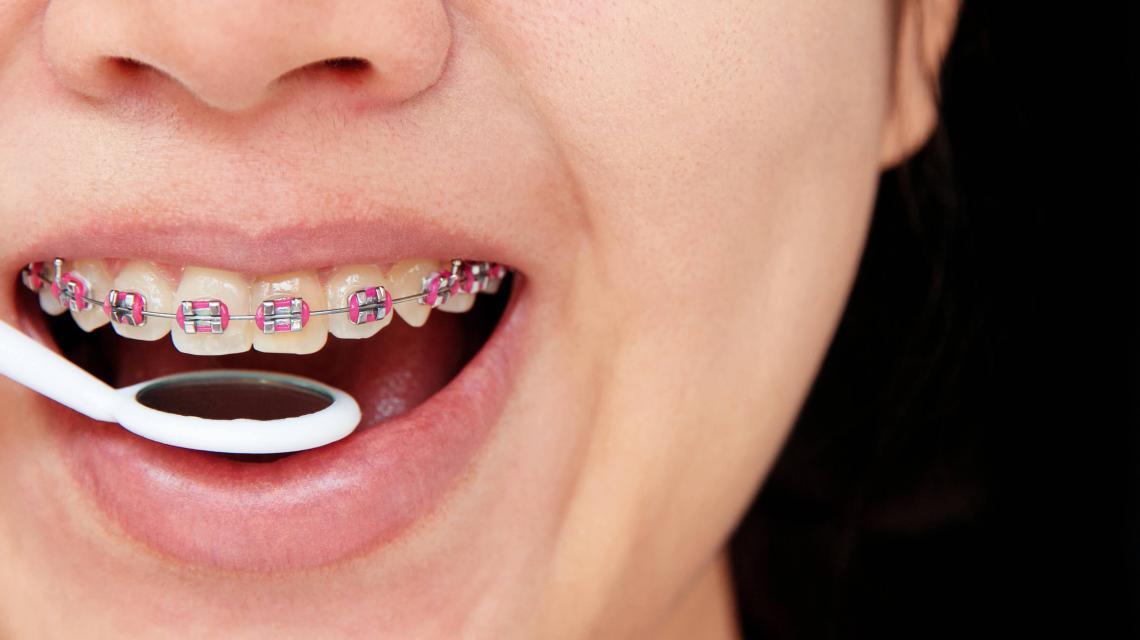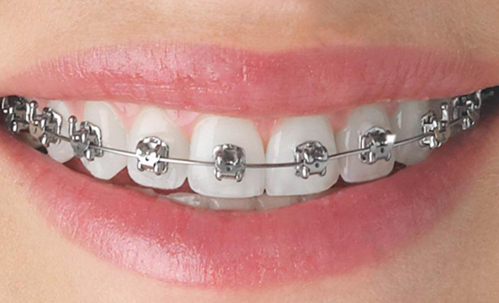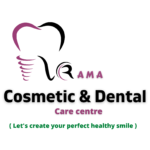WHAT IS Orthodontic Treatment/Braces?
Orthodontic treatment, often referred to as orthodontics or braces, is a dental specialty that focuses on correcting misaligned teeth and jaws. This branch of dentistry primarily deals with diagnosing, preventing, and treating irregularities in tooth and jaw alignment. Here’s a comprehensive overview of orthodontic treatment and braces:


Orthodontic Issues:
- Orthodontic problems can vary in nature and severity and may include issues such as crooked teeth, crowded teeth, gaps between teeth, overbites, underbites, crossbites, and more.
- These issues can result from genetic factors, poor oral habits, early loss of primary teeth, or trauma.
Orthodontic Treatment Options:
Traditional Braces:
- Traditional braces consist of metal brackets and wires that are attached to the teeth.
- These braces gradually move the teeth into their desired positions by applying controlled pressure.
- Elastic bands may be used to help with alignment.
- They are highly effective and can address complex orthodontic issues.
Ceramic Braces:
- Ceramic braces are similar to traditional braces but use tooth-colored or clear brackets and wires.
- They are less noticeable than metal braces but work in a similar way.
- They are often chosen for their aesthetic appeal.
Lingual Braces:
- Lingual braces are attached to the back (lingual) side of the teeth, making them virtually invisible from the front.
- They are custom-made for each patient and are suitable for those who prefer discreet treatment.
Invisalign (Clear Aligners):
- Invisalign is a series of clear, removable aligners that are custom-designed to gradually move the teeth.
- They are nearly invisible, convenient, and comfortable.
- Invisalign is suitable for mild to moderate orthodontic problems.
Orthodontic Treatment Process:
Consultation and Assessment: The orthodontist assesses the patient’s orthodontic issues, takes X-rays, and creates a treatment plan.
Braces Installation: Braces are attached to the teeth, and adjustments are made at regular intervals to guide tooth movement.
Maintenance: Patients need to maintain good oral hygiene, attend regular orthodontic appointments, and follow specific care instructions.
Braces Removal: After the desired tooth alignment is achieved, the braces are removed.
Retainers: A retainer may be provided to maintain the newly aligned teeth and prevent relapse.
Benefits of Orthodontic Treatment:
- Improved Aesthetics: Straightening the teeth can enhance the appearance of the smile and boost confidence.
- Oral Health: Proper alignment can lead to better oral health, as aligned teeth are easier to clean, reducing the risk of gum disease and tooth decay.
- Functional Improvements: Orthodontic treatment can correct bite issues, reducing problems like jaw pain or difficulty eating.
- Speech Improvement: Correcting alignment problems can lead to better speech articulation.
Orthodontic treatment is not just about aesthetics; it can significantly impact a patient’s oral health and overall well-being. The choice of treatment method depends on the specific orthodontic issues, patient preferences, and the orthodontist’s recommendations. It’s essential for individuals considering orthodontic treatment to consult with a qualified orthodontist to determine the most appropriate approach for their needs.
